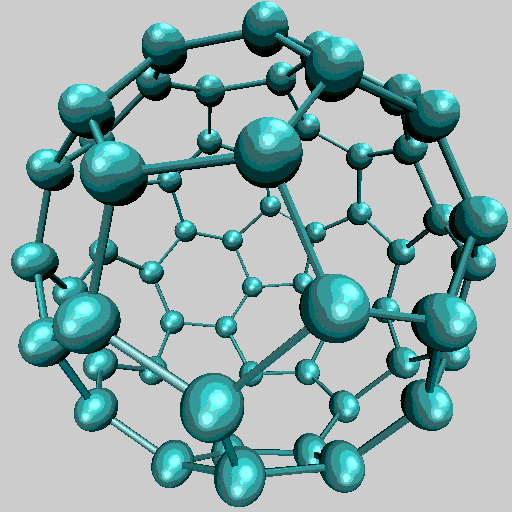Main Content Area
Electronic Properties
of Materials


The objective of this section is to understand the electron energy levels in periodic solids. This is called the Electron structure theory.
In fact, electron structure theory is a major part of solid state physics. The knowledge of electron structure leads to many other directions to understand/explain experimental observations such as optical absorption, electron mobility, electron transport etc.
Here we will discuss several models that have been developed to explain experimental observations for different situations. First we are going to assume that electrons are free to move across solid. This model is called the free electron gas model, which means, some electron of solid are free like gas particles. Let's first start with a classical approach to describe the free electron gas.
So, how can we understand the electronic energy of a periodic solid. In principle, the answer is simple. All we have to do is to solve the Schrodinger equation for the system.
$$ H \Psi = \epsilon \Psi $$
where is the Hamiltonian of the system. gives the energy levels that we have been looking for.
Hamiltonian of the system can be written as:
$$H=H_{KE}+H_{ee}+H_{eN}+H_{nn}+H_{KE_n} $$
- Kinetic Energy of electrons
-electron-electron electrstatic potential energy (or electron-electron interaction energy)
- electron - Nucleus electrostatic potential energy
- Nucleus-Nucleus interaction energy
- Kinetic Energy of Electrons
All we have to do is solve the Schrodinger equation. But the problem is, how do we solve it? Do we know how to exlicitly write this hamiltonian.
In your Quantum Mechanics classes, you have solved the Schrodinger equation for a particle in a box - Quantum Well problem, an electron in a Simple Harmonic Oscillator Potential, Hydrogen atom.
That's pretty much it. We did not even solve for the electronic energy levels in Helium atom. Why? We are not able to solve the problem exactly. Some level of approximations and Computational algorithms are needed to solve this problem.
Good News is: Over the years of work with several approximation schemes, and with advanced computational power, the field of electronic structure theory is well developed.
We will discuss the Quantum Mechanical approach to describe electronic properties of materials in various steps.
